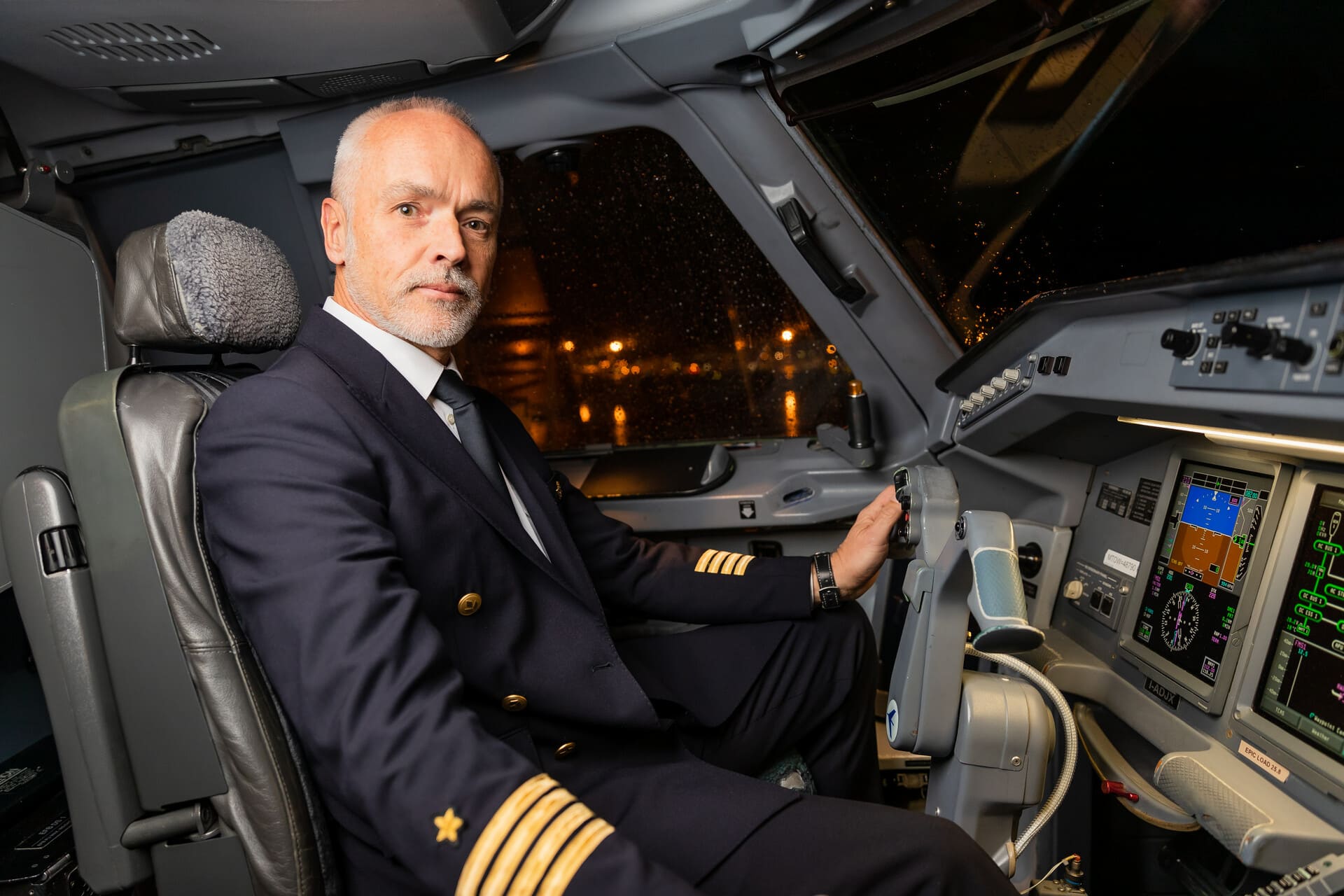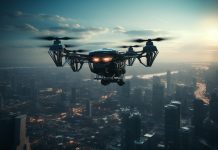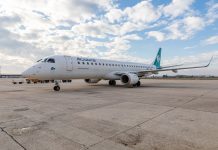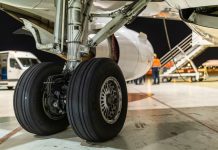Among the common search terms entered by our blog readers – right after “turquoise livery” 🙂 – is the word “PILOT”.
It’s no wonder that such a fascinating profession captures readers’ interest. Today’s article is therefore all about how to recognize the ranks on the uniforms of airline pilots.
Thanks to interviews with Captain Marino Palla, we were able to step into the cockpit and learned many things about the profession of being an airline pilot.
First things first, pilots are not just called “pilots”. They have different ranks which are clearly visible on the epaulettes of their uniforms, indicating their role and position on board.
But… how can you tell a pilot’s rank from the uniform?
First, you need to know where to find the ranks on the uniform. They are embroidered on a dark blue or black background on the epaulettes of the shirt and at the end of the jacket sleeve, slightly above the wrist.
Pilot ranks – which are different from the graphically more complex ones of the Air Force, Navy or Army – are indicated by gold stripes (in some cases they are silver) which can range from 1 to 4 depending on the airline. Air Dolomiti has three – two, three or four gold stripes.
The number of stripes shows the pilot’s seniority and career steps.
- Cadet/Trainee Pilot – less than 1 year of service: 1 stripe
- Second Officer – less than 5 years of service: 2 stripes
- First Officer – more than 5 years of service: 3 stripes
- Captain: 4 stripes
4*. Captain – more than 5 years of service: 4 stripes and one star (these exist in Italy, Spain and few other countries)
Captain and first officer: what are the differences in their roles?
As you already know, there are two people inside the cockpit – the captain and the first officer (also called co-pilot).
Their roles complement each other and are fundamental for guaranteeing the safety of passengers and the aeroplane during the flight.
The captain is in charge of the aeroplane and has the final word on all flight decisions. His or her job starts way before take-off with planning the flight and analysing the weather and operational conditions.
The first officer is responsible for assisting the captain and plays an active role in the decision-making process for the flight. He or she alternates with the captain in flying the aircraft and monitoring the flight.
The highest ranks (4 stripes or 4 stripes and 1 star) are for captains only. You need to have accumulated enough service years to hold such an important position and you also need to complete a professional training programme to obtain the title of captain.




